NASA super-pressure balloon finally takes off after eight failed attempts
Tue 25 Apr 2017, 22:27:40
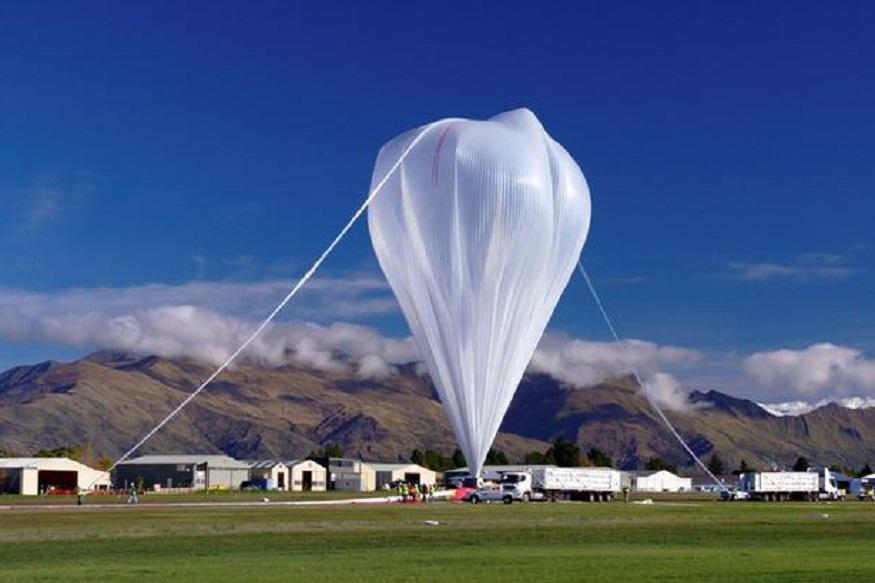
NASA on Tuesday successfully launched its football-stadium-sized, super pressure balloon from New Zealand, that will help detect cosmic rays from beyond our galaxy as they penetrate the Earth's atmosphere.
The mission will run for 100 or more days floating at 33.5 km in the southern hemisphere's mid-latitude band.
'Following our 2015 and 2016 New Zealand missions, we've learned key lessons on the balloon design that have gone into perfecting the technology for this year's flight,' said Debbie Fairbrother, NASA's Balloon Programme Office chief.
'I'm very proud of the team that delivered us to this point and I'm hopeful that third time's the charm for realising 100 days of flight,' said Fairbrother.
While validating the super pressure balloon technology is the main flight objective, the International Extreme Universe Space Observatory on a Super Pressure Balloon (EUSO-SPB) payload is flying as a mission of opportunity.
EUSO-SPB's objective is to detect ultra-high energy cosmic rays from beyond our galaxy as they penetrate the Earth's atmosphere.
As these high-energy particles enter the atmosphere, they interact with nitrogen molecules in the air and create a UV fluorescence light.
EUSO-SPB will observe a broad swathe of the Earth's atmosphere to detect the UV fluorescence from these deep space cosmic rays coming in from above.
'EUSO-SPB
is now searching for the most energetic cosmic particles ever observed,' said Angela V Olinto, professor at the University of Chicago.
is now searching for the most energetic cosmic particles ever observed,' said Angela V Olinto, professor at the University of Chicago.
'The origin of these particles is a great mystery that our pioneering mission will help to solve. Do they come from massive black holes at the centre of galaxies? Tiny, fast- spinning pulsars? Or somewhere else?' Olinto asked.
'The international science team is very excited to see our cosmic ray fluorescence detector lifted to suborbital space by this remarkable balloon and departing on this global journey,' said Lawrence Wiencke, professor at the Colorado School of Mines in the US.
'This balloon will give us a great view, and we are hoping for a record flight,' Wiencke said.
At a relatively low cost, NASA's heavy-lift balloons have been critical launch vehicles for testing and validating new technologies and science instruments to assure mission success for costlier, higher-risk follow-on spaceflight missions, said Fairbrother.
a
Once the technology is validated, the ultimate goal of the EUSO project is to fly from an even higher altitude on the International Space Station to observe a greater atmospheric area for detecting high-energy cosmic rays.
The 18.8-million-cubic-foot (532,000-cubic-meter) Super Pressure Balloon lifted off from NASA's new launch pad adjacent to Wanaka Airport carrying a suspended payload of 2,495 kilogrammes.
No Comments For This Post, Be first to write a Comment.
Most viewed from International
Most viewed from World
AIMIM News
Latest Urdu News
Most Viewed
May 26, 2020
Can Lionel Messi's visit boost Indian football?
Latest Videos View All
Like Us
Home
About Us
Advertise With Us
All Polls
Epaper Archives
Privacy Policy
Contact Us
Download Etemaad App
© 2025 Etemaad Daily News, All Rights Reserved.



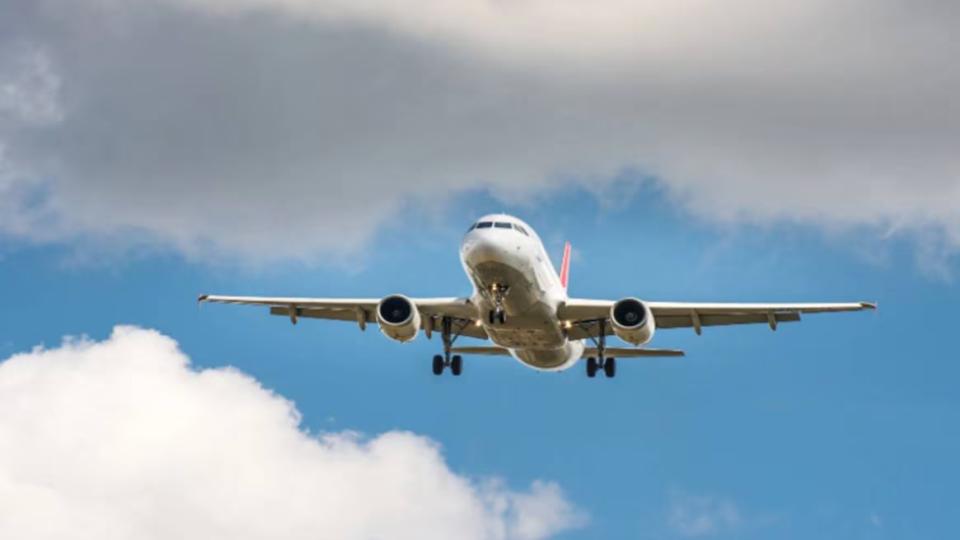





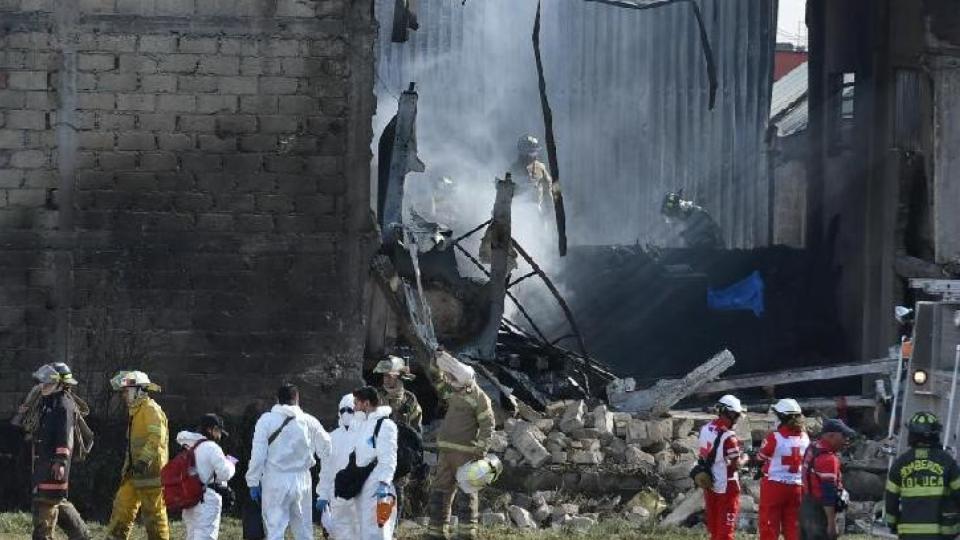
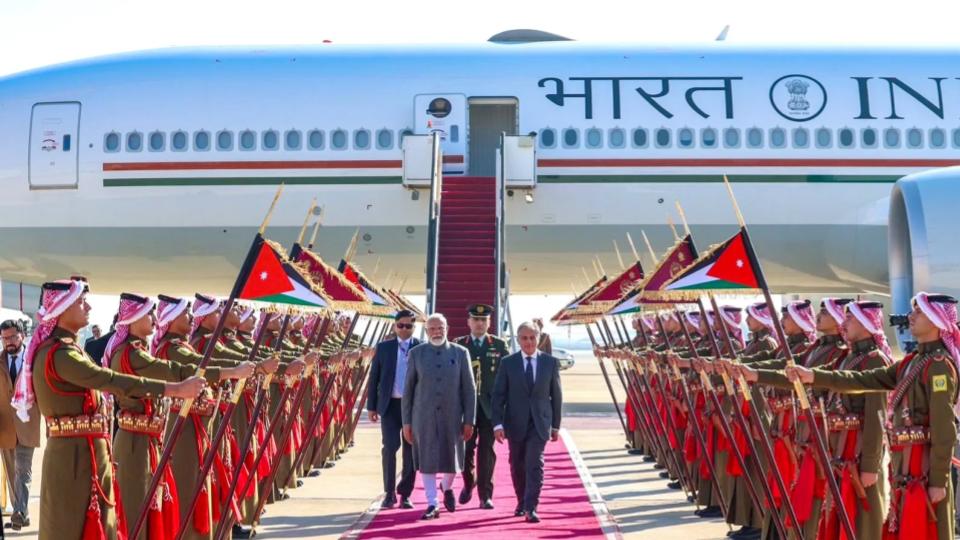




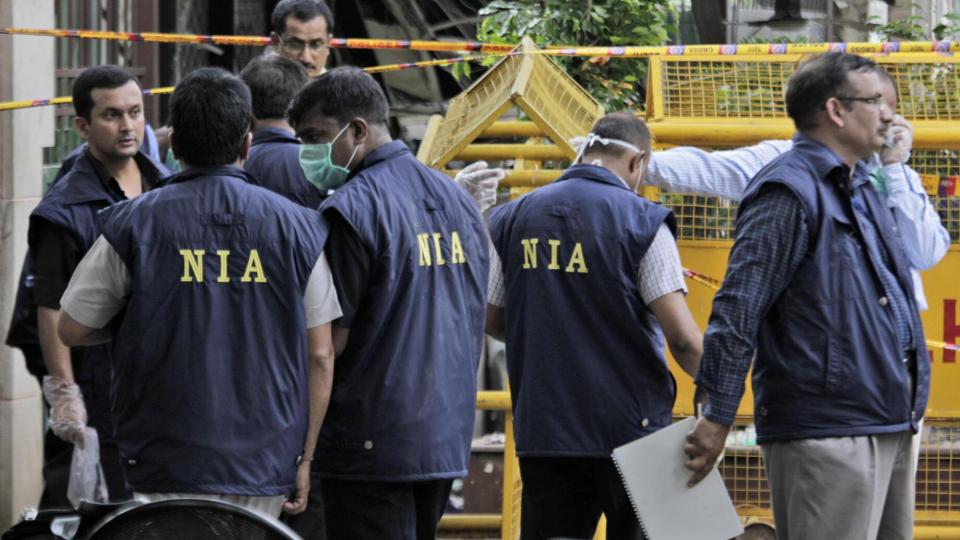



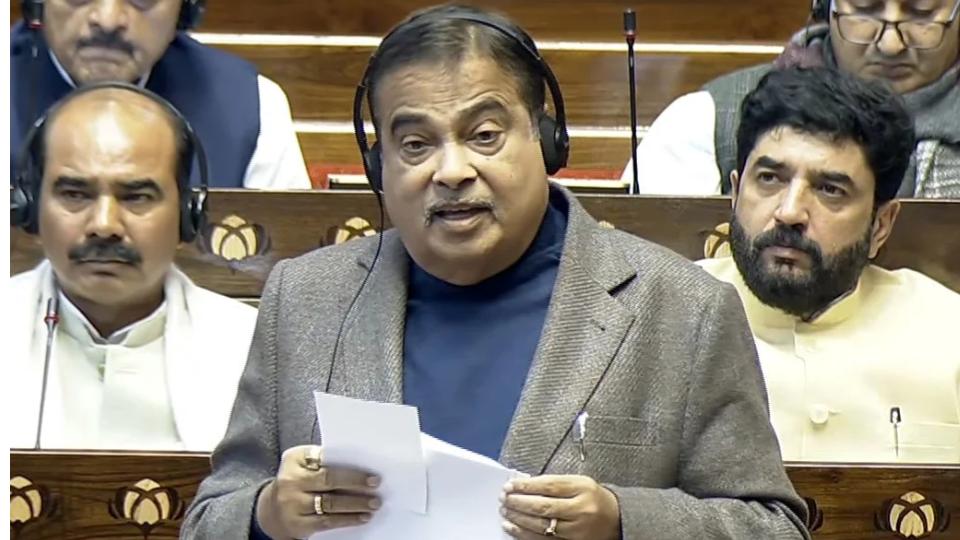

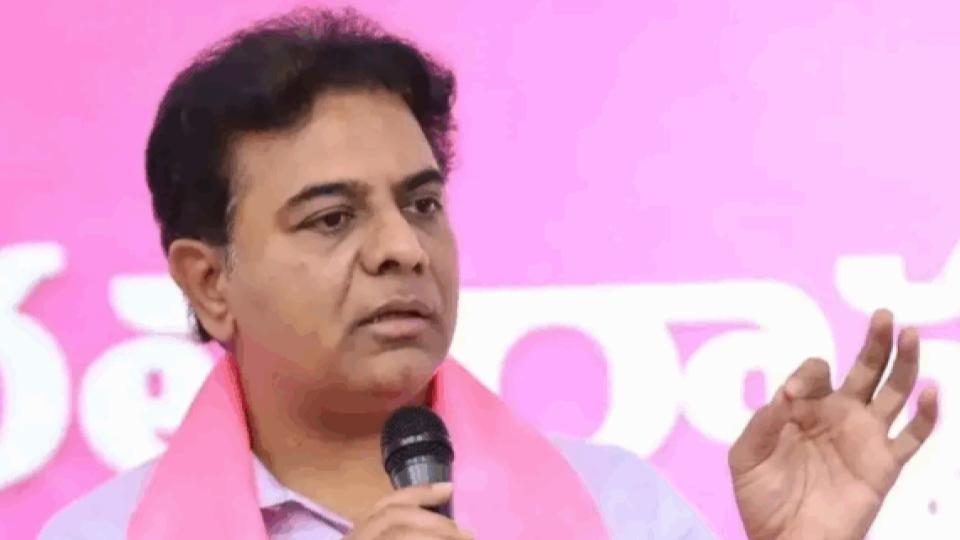
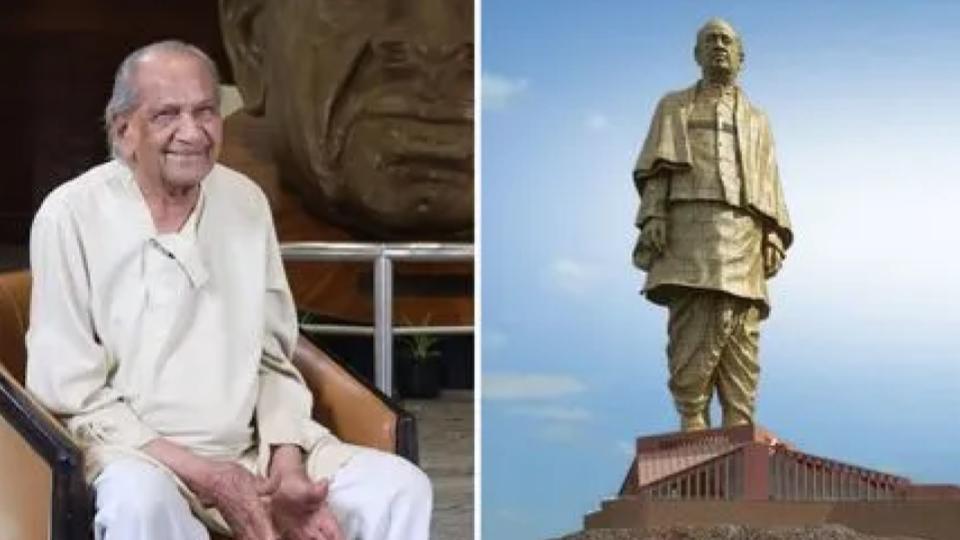









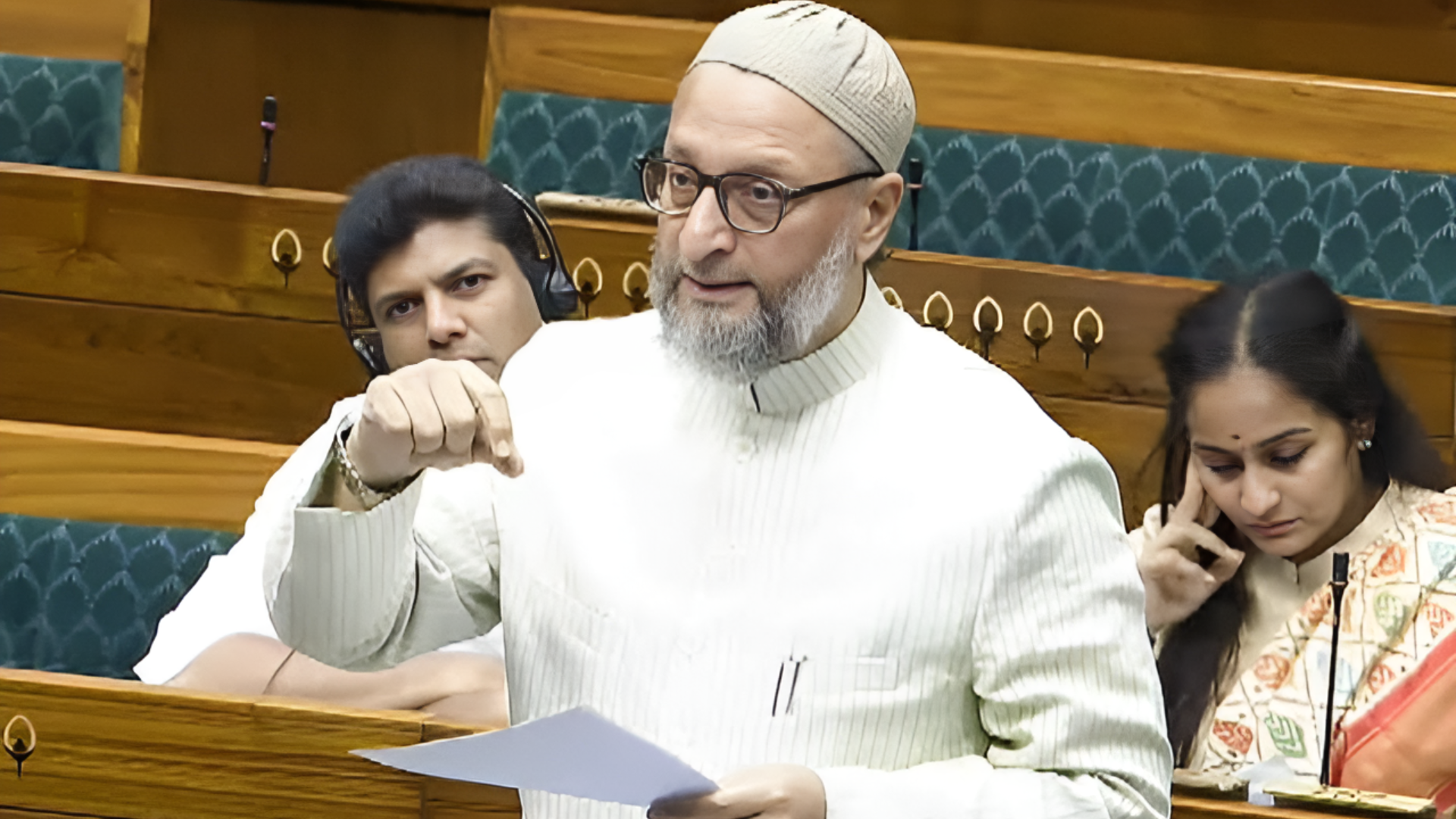

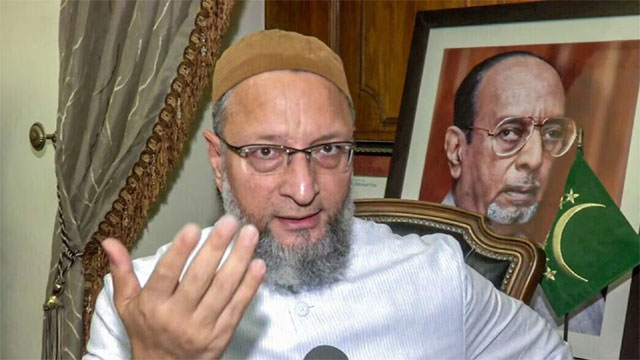


.jpg)
.jpg)
.jpg)


